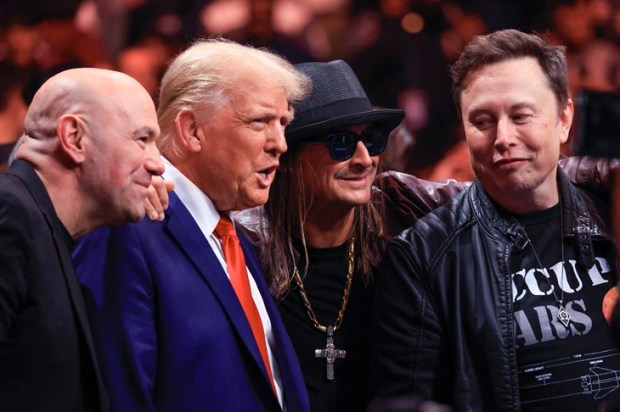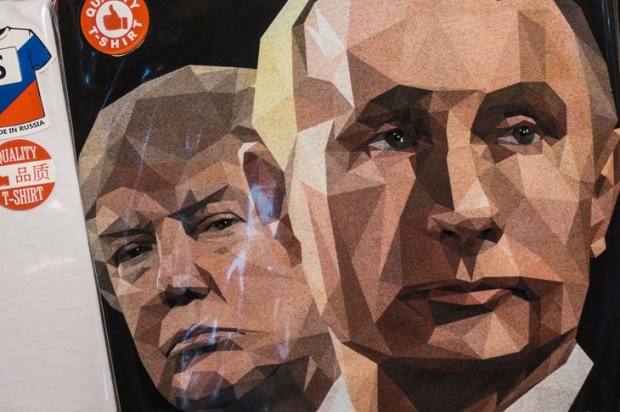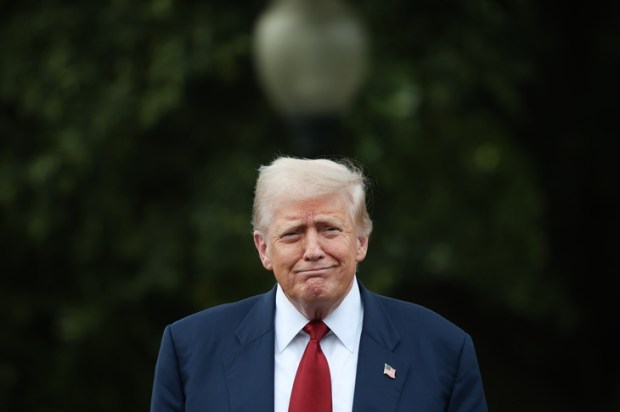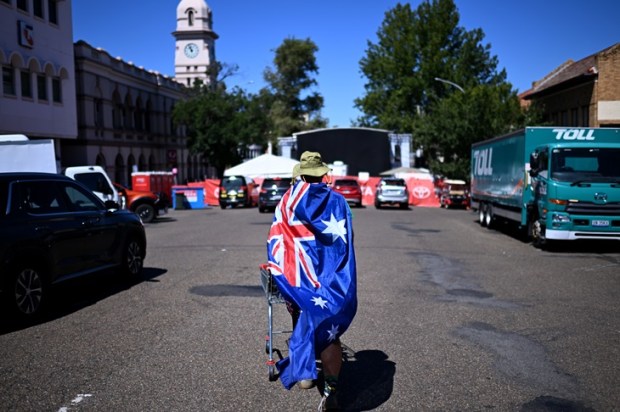Donald Trump’s tariffs are not just a policy decision; they are an accelerant. They are pushing forward an economic restructuring that was already underway, forcing markets to adapt at a faster pace than many had anticipated. Investors are already bracing for impact, responding to the interplay of rising bond yields, shifting monetary expectations, and the broader uncertainties of an unsettled geopolitical landscape.
The US market’s cyclically adjusted price-to-earnings ratio has been hovering around 35 times earnings – levels reminiscent of the speculative peaks of 2021 and the late 1990s. But there is a fundamental difference. Those periods saw the US economy growing at 4 per cent; today, it is around 2.7 per cent. This mismatch underscores a reality that cannot be ignored: the global economy is slowing, and the American economic engine needs a major overhaul to return to full speed.
The same argument applies to Australia. The ASX has been flirting with record highs, even as the nation grapples with a protracted per capita recession. The disconnect is unsustainable. Structural shifts are inevitable.
Trump’s tariffs, however, are only one piece of a much larger puzzle. They must be viewed in the broader context of his economic agenda – cheap energy, deregulation, lower corporate taxes, and a drive to ease inflationary and interest rate pressures. If Trump succeeds in reviving the conditions that propelled the US economy in his first term, the effects will ripple beyond America. Countries unwilling to follow suit – clinging instead to high taxes, regulatory burdens, and expensive energy policies – will find themselves on the losing end of a global realignment.
It is no surprise, then, that many nations may be forced into more free-market-oriented policies simply to remain competitive with the United States.
Trump’s plan to impose a 25 per cent tariff on steel and a 10 per cent tariff on aluminium has sparked alarm among many trading partners. But history suggests Australia may not bear the brunt. In 2018, Australia secured an exemption from similar tariffs. If history repeats, Australia’s steel and aluminium producers could find themselves in a favourable position – competing on a more level playing field with US firms while other exporters face heavy penalties.
Even if an exemption does not materialise, Australian industry is not without options. A shift in US policy may force domestic producers to diversify, targeting new markets in Asia and Europe or increasing domestic supply. A more resilient industry – one less dependent on the fluctuations of US trade policy – could be the unintended but beneficial consequence.
Moreover, if American firms focus inward due to the tariffs, their absence in global markets could create fresh opportunities for Australian exporters to fill the gap. That is the paradox of protectionism – it can sometimes strengthen competitors abroad even as it aims to shore up domestic industry.
There is a larger issue at play here. If global supply chains are to be reshaped, Australia must be prepared to adapt. Tariffs and trade barriers will create uncertainty, but they may also accelerate investment in domestic manufacturing and processing – sectors that have been neglected in the era of globalisation. Rather than relying purely on the export of raw materials, Australia has an opportunity to move up the value chain, developing high-value finished products rather than simply shipping out iron ore and bauxite.
This is where Trump’s broader economic agenda becomes critical. Lower energy costs, deregulation, and tax cuts – if they materialise in the US – will set a new global benchmark for competitiveness. Countries that fail to respond will see capital flee.
For this reason, Australia’s richest person, Gina Rinehart, has built a A$2 billion US stock portfolio, while Australia’s $2.8 trillion superannuation sector aims to secure tighter ties to US investments.
The implications for Australia are clear: either match the dynamism of the US model or risk falling behind.
For manufacturers, miners, and exporters, the near term will be marked by uncertainty. But the long-term trend is emerging. The world is moving towards a more protectionist, domestically driven economic model – one that favours those willing to embrace flexible, market-friendly reforms.
This shift would also reduce supply chain vulnerabilities and create economic resilience, which is critical for sovereign capability across the West.
Trump’s tariffs are not an isolated decision; they are a catalyst for a much broader shift. If Australia plays its cards right, this moment of disruption could be the beginning of something far greater: a revival of domestic industry, a recalibration of economic policy, and a renewed focus on national economic strength.
The question for Australian policymakers is whether they are ready to seize the opportunity – or whether they will be left scrambling to react.
Jules Pedersen is the Executive Chairman of Newport Capital Group, Australia’s longest-established licensed M&A investment banking firm focused on Technology, Media, Entertainment and Telecommunications, with a footprint in Australia, Europe, and the United States.
Follow on X: @JulesVBPedersen

























